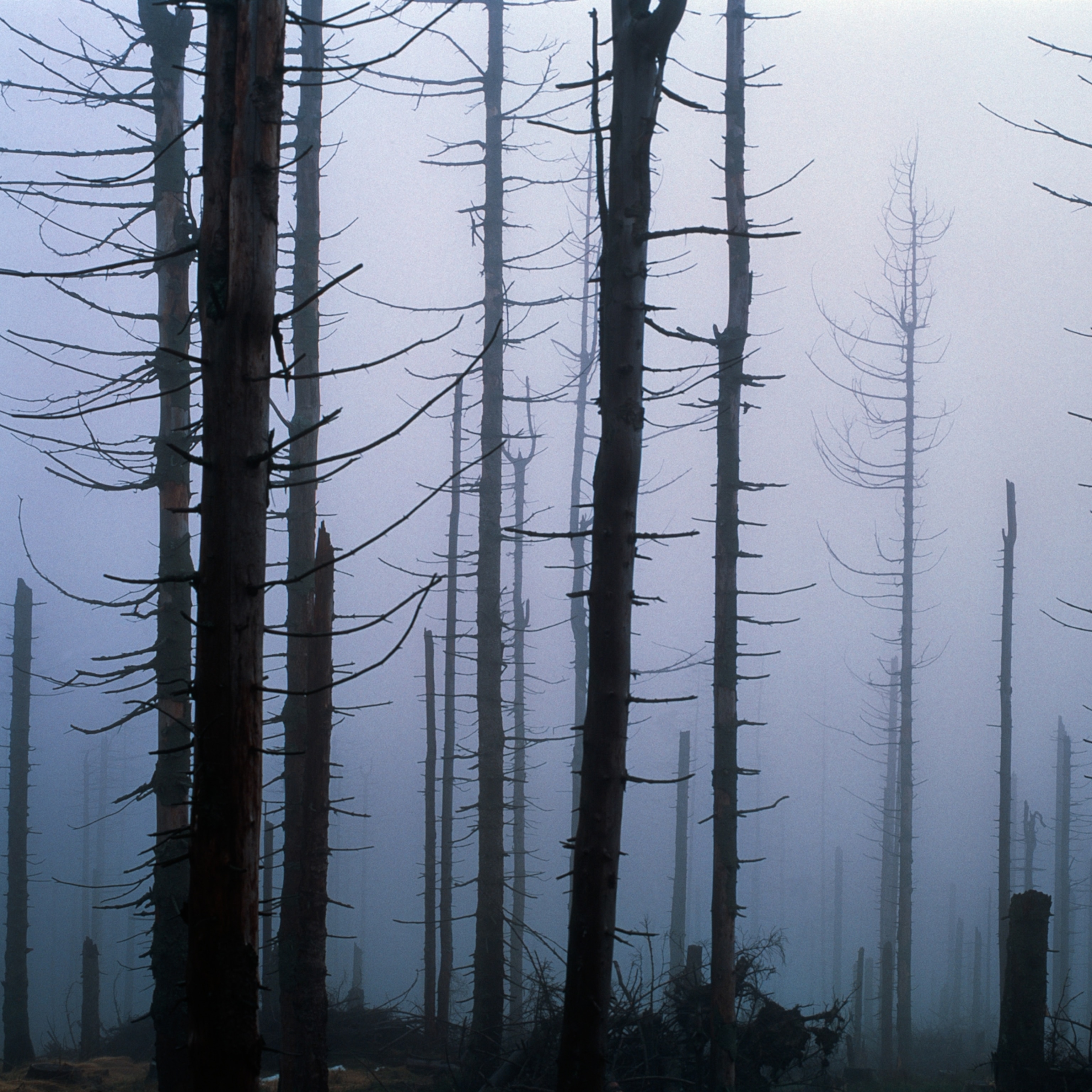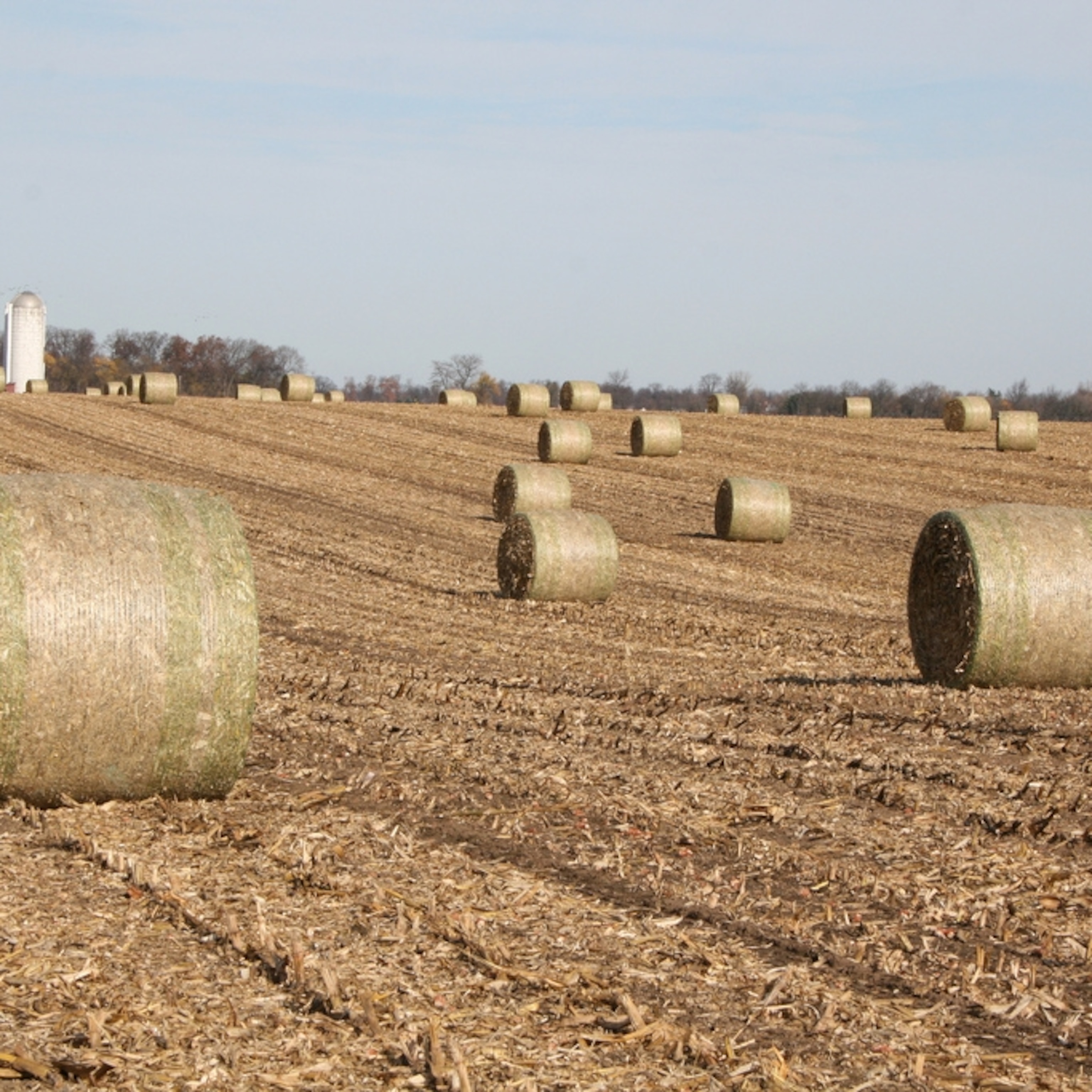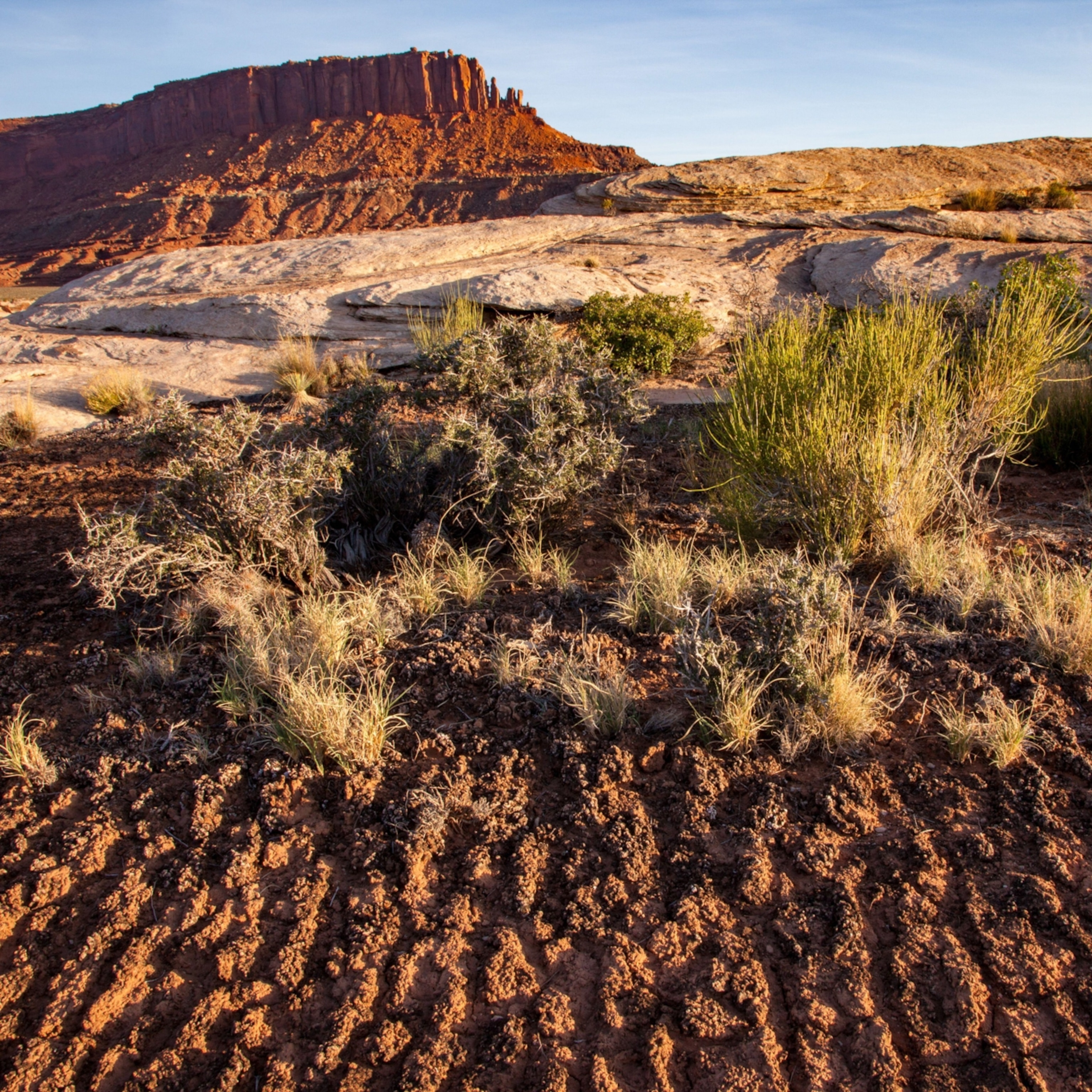
New Study on Corn Waste Biofuel’s Emissions: Worthy Topic, Flawed Conclusion
A recent
study in Nature Climate Change
is attracting a lot of attention because of its headline grabbing claim that cellulosic ethanol made from crop residues produces higher carbon emissions than gasoline. (See related blog post: “
Corn Waste for Biofuel Could Boost Emissions, Study Says
.”)
Professor Adam Liska of the University of Nebraska Lincoln, who led the study, is absolutely right to focus on soil carbon in the lifecycle of corn based biofuels (taking crop residues off the ground, Liska concluded, keeps them from trapping carbon in the soil and allows that carbon to escape into the atmosphere). (Take the quiz: “What You Don’t Know About Biofuel.”)
Regrettably, the narrow framing of his analysis set the debate up as a choice between pursuing cellulosic biofuels or calling off the whole project and driving home in our gasoline-powered cars. The real solution is biofuels that reduce carbon in the atmosphere while protecting the carbon in soils.
Oil remains the problem, not the solution
As Peter Frumhoff’s blog last year makes clear, oil is the primary climate problem in the transportation sector. So just because we find that oil-saving solutions are not easy does not mean we can afford to stick with the status quo. Instead of writing (yet another) obituary for cellulosic biofuels, we should use this new research to improve and refine our quest for clean fuels.

Based on our analysis, there are real opportunities to make low carbon biofuel from agricultural residues such as corn stalks (also called corn stover and shown in the image). These non-food-based biofuels are a key element of our overall strategy to cut oil use through efficiency, electrification, better biofuels and other oil saving solutions described in our Half the Oil plan. When we assessed the scale of the opportunity to use agricultural residues as fuel we paid very careful attention to protecting soil carbon, excluding residue sources that would lead to losses in soil carbon or increases in erosion. (See related story: “Squeezing Gasoline from Plants.”)
Preserving soil carbon: An agricultural issue not limited to biofuels
There are a lot of problems caused by the way corn is grown, not least of which are the problems corn farming causes for water quality. If the future of biofuels is just growing ever more corn, and harvesting not just the grain, but the whole stalk as well, we are going to make bad problems even worse.
In the near-term, use of residues must be accompanied by changes in crop rotations and incorporation of cover crops (some of these practices are discussed in this fact sheet). To their credit, Liska and his team mention this crucial opportunity to replace lost soil carbon, though it is not getting much attention in the press. (Share your thoughts: “What Breakthroughs Do Biofuels Need Now?“)
While agricultural residues raise concerns about soil carbon, other cellulosic feedstocks are major soil-carbon winners. Perennial bioenergy crops store a great deal of carbon in the soil. The emphasis Liska’s work places on soil carbon points to the other large potential opportunity for bioenergy to play a productive role in agriculture, which is to shift from an emphasis on corn to perennial grasses and other crops that build soil carbon, improve water quality and deliver other benefits even as they can provide a low carbon source of biofuel.
Residues do address the food versus fuel and land use issues
Much of the enthusiasm for using crop residues for fuel is to limit competition between biofuel uses of corn and other uses (primarily as animal feed) and also to avoid expanding the global footprint of agriculture at the expense of forests. Nothing in this analysis refutes that crucial motivation. That’s why it’s important to take the lesson of Liska’s analysis that a status quo approach to corn farming is not sustainable, and to make sure we avoid the soil carbon loss his analysis describes.
The fine print
As I mentioned, it’s important to be mindful of the narrow focus of this study. Two key factors that fell outside the study boundaries have a major bearing on the final implications:
- The paper neglects the lifecycle impact of an important electricity coproduct. By Liska’s own admission, a portion of the crop residue used for biofuel can be burned to produce electricity, saving emissions that would otherwise be generated, in some cases, by coal. The effect of this electricity offset, according to Liska’s calculations, could be enough to reverse the conclusion that corn stover biofuel can’t meet the 60 percent reduction in carbon pollution required by the U.S. government’s standard.
- Time is another crucial factor, and the five or ten year period examined in the study is pretty short.. I have had a long-running argument (beginning on this blog, and continued in the letters and replies in the International Journal of Lifecycle Assessment) ) with some other experts on the need to be transparent in choosing a time interval for biofuels lifecycle analysis. In that case I was arguing that using a 100-year timeframe obscured the real magnitude of land use emissions, particularly when making comparisons with other studies that were based on a 30-year timeframe. In this case Liska made a controversial choice to focus on just a five- and ten-year timeframe, which amplifies the impact of soil carbon emissions changes. There may be good reasons to focus on five to ten years, but the paper would have been stronger if it had included a discussion of how the results changed over 30 years or even a century, together with whatever argument the authors have for considering five to ten years the right timeframe to consider.
After making these two technical corrections I doubt that the emissions from soil carbon would disqualify corn stover-based cellulosic ethanol from qualifying as a cellulosic biofuel under the Renewable Fuels Standard, and the overall emissions would certainly be lower than gasoline. However, that doesn’t make protecting soil carbon any less important. The broader point is that when studies like these highlight challenges on the road to cutting oil use, we need to meet the challenges rather than turn back, because the status quo is not a smart option for either transportation or agriculture.








